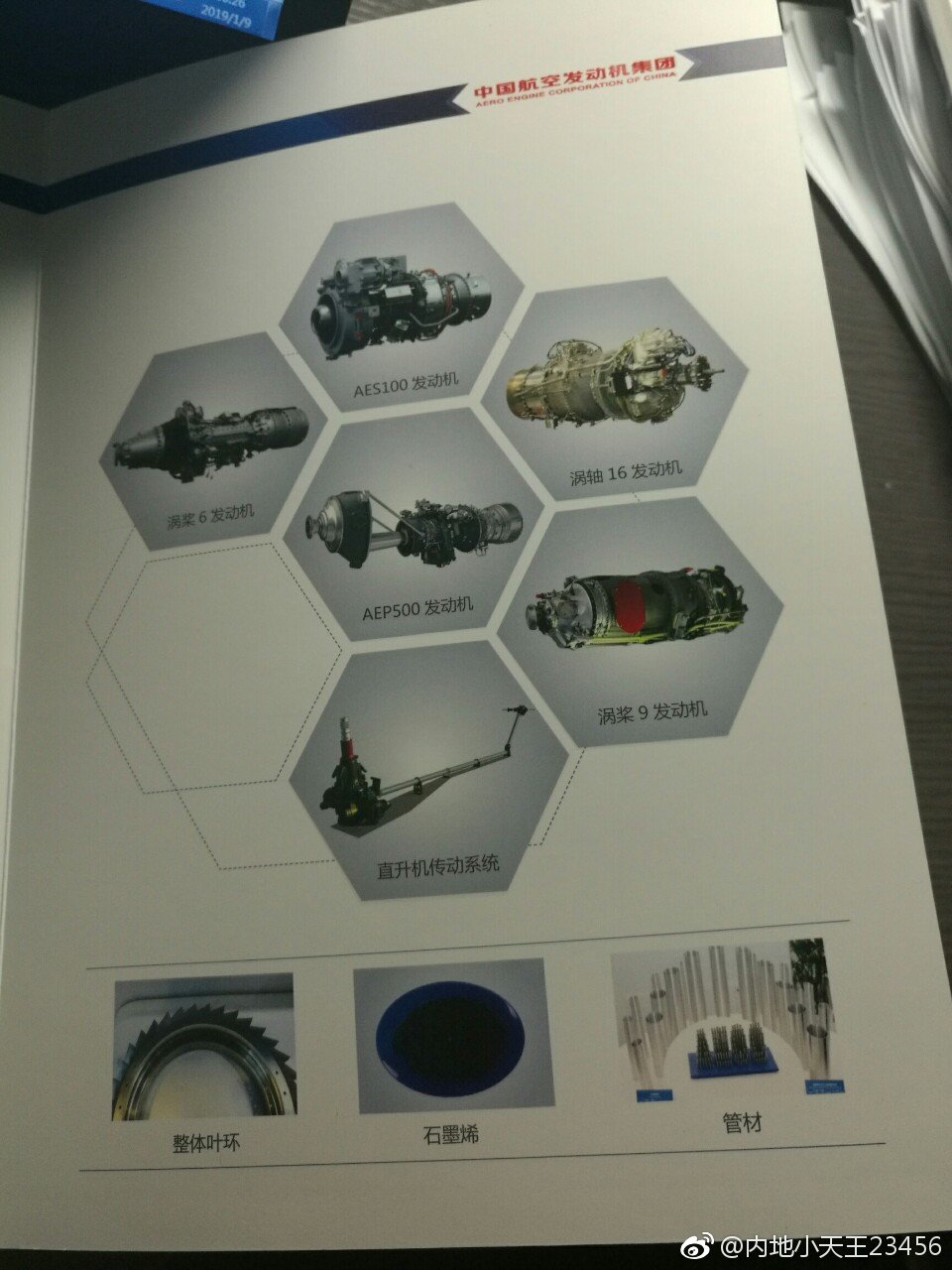At the PDF there was a link poted in the JF-17 Block 3 section concerning this report and even if I at least IMO don't have as a reliable site in mind and even more since it is quite speculative, anyway a question:
My point however is not to question that Guizhou itself posted its key-figures, but the added conclusion, that this might be related to the WS-13IPE and as such to the title of the report "WS-13IPE engine for FC-31 carrier-based fighter could be mass-produced in 2020"!
Is the WS-13 the only new engine from Guizhou - esp. since the WS-13 itself is not new - or could it be more likely related to another engine for another aircraft, since neither the WS-13 nor the type of aircraft is mentioned??
Best,
Deino
Guizhou Liyang Aero Engine Co., Ltd. affiliated to China Aviation Engine Corporation posted the company’s key tasks in 2020 recently, one of which is the implementation of small-batch production of a new aircraft engine.
The outside world generally believes that this new engine is probably WS-13IPE (thrust-enhanced type), which mainly adds thrust on the basis of WS-13 engine in order to adapt to performance upgrade and improvement of fighters.
...
My point however is not to question that Guizhou itself posted its key-figures, but the added conclusion, that this might be related to the WS-13IPE and as such to the title of the report "WS-13IPE engine for FC-31 carrier-based fighter could be mass-produced in 2020"!
Is the WS-13 the only new engine from Guizhou - esp. since the WS-13 itself is not new - or could it be more likely related to another engine for another aircraft, since neither the WS-13 nor the type of aircraft is mentioned??
Best,
Deino
Last edited:




